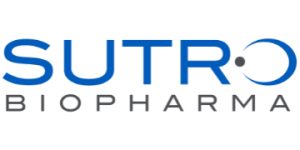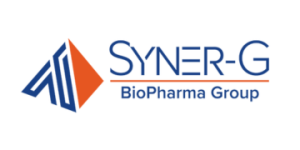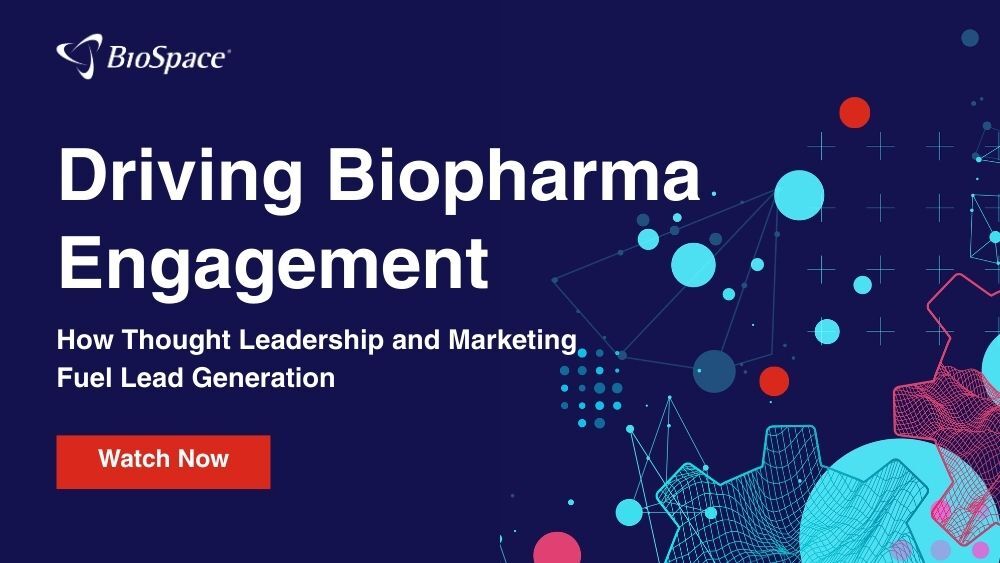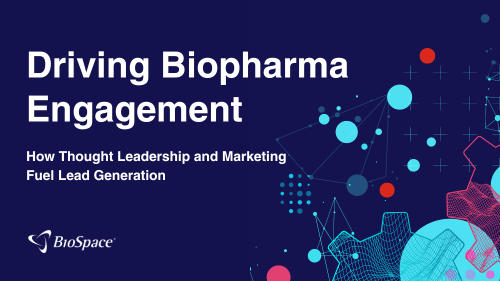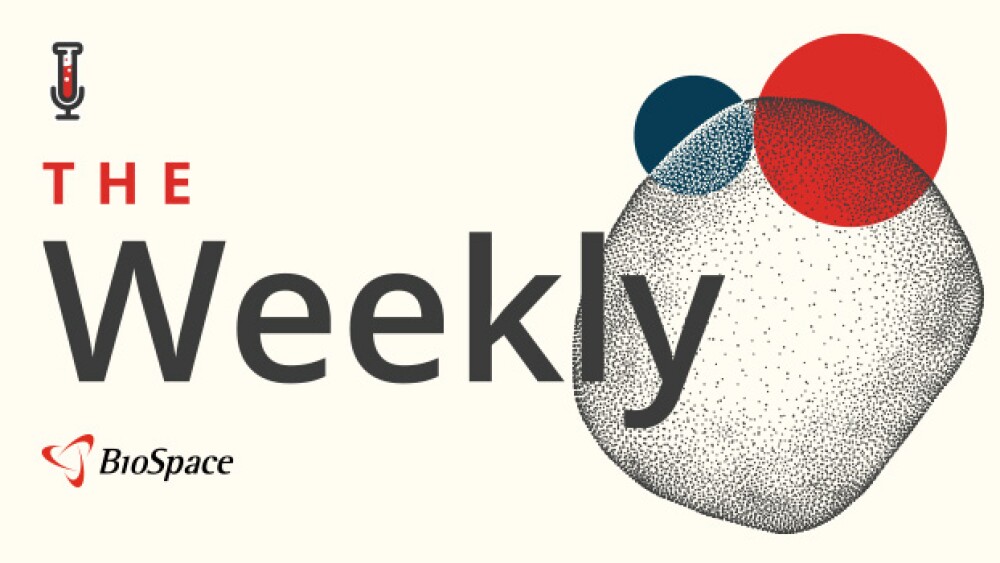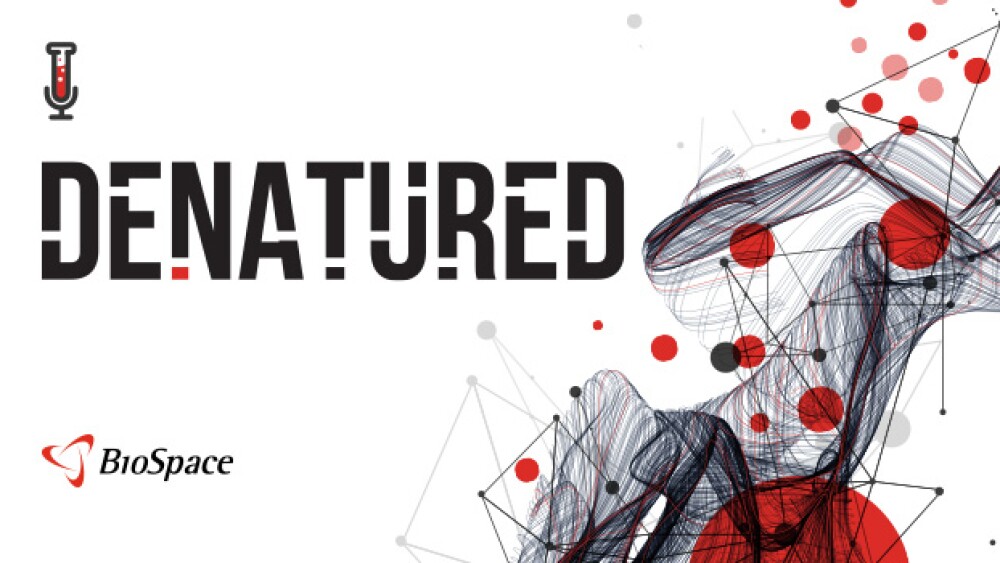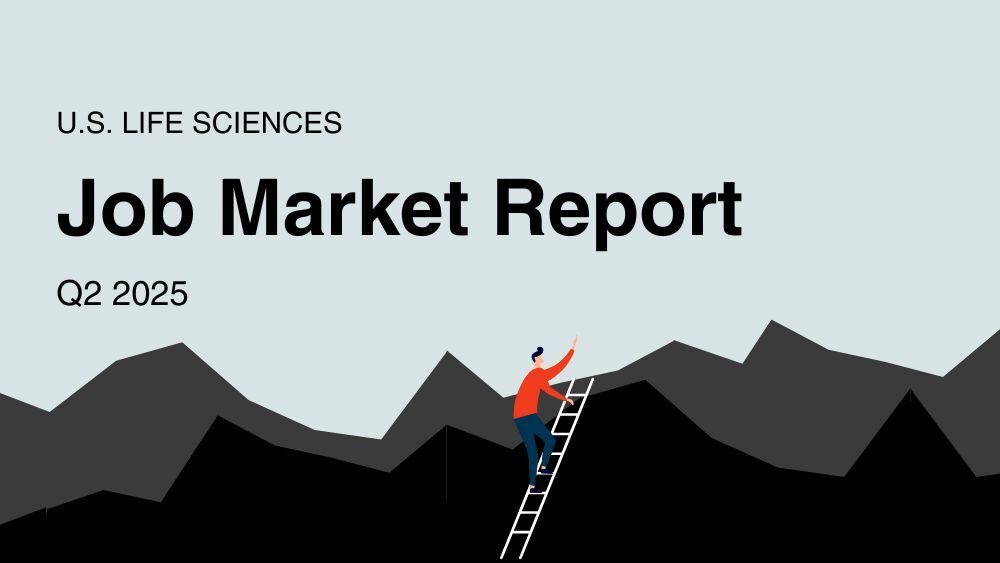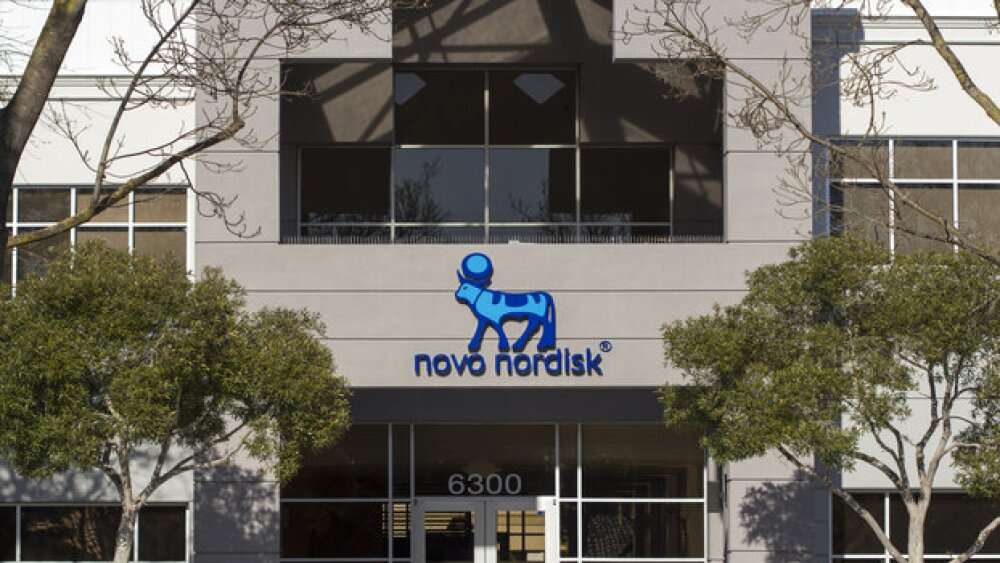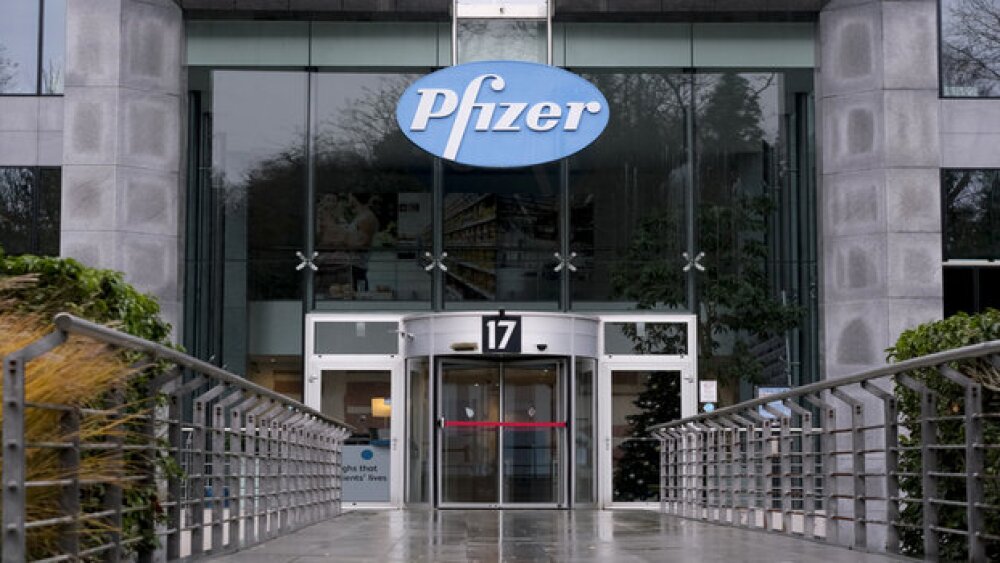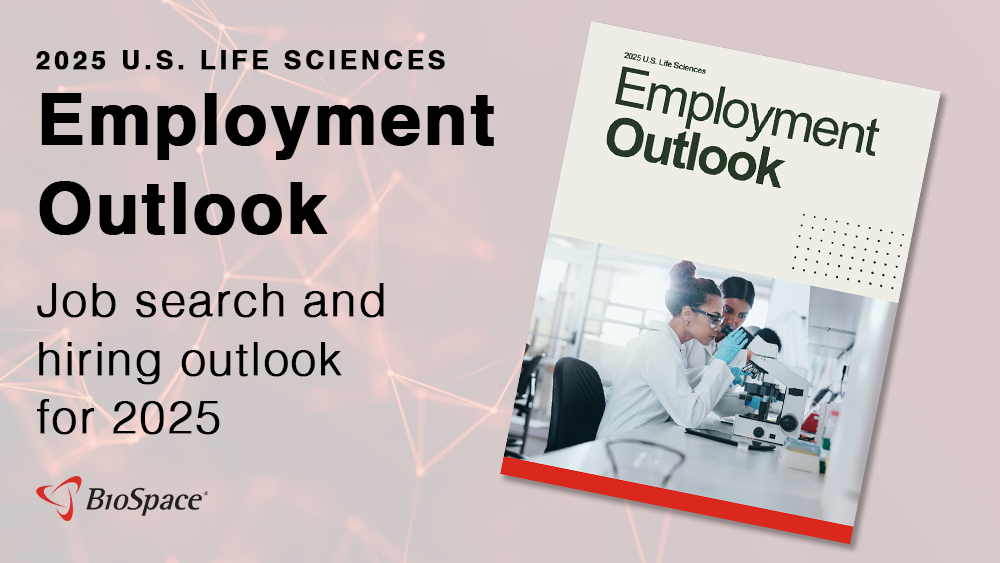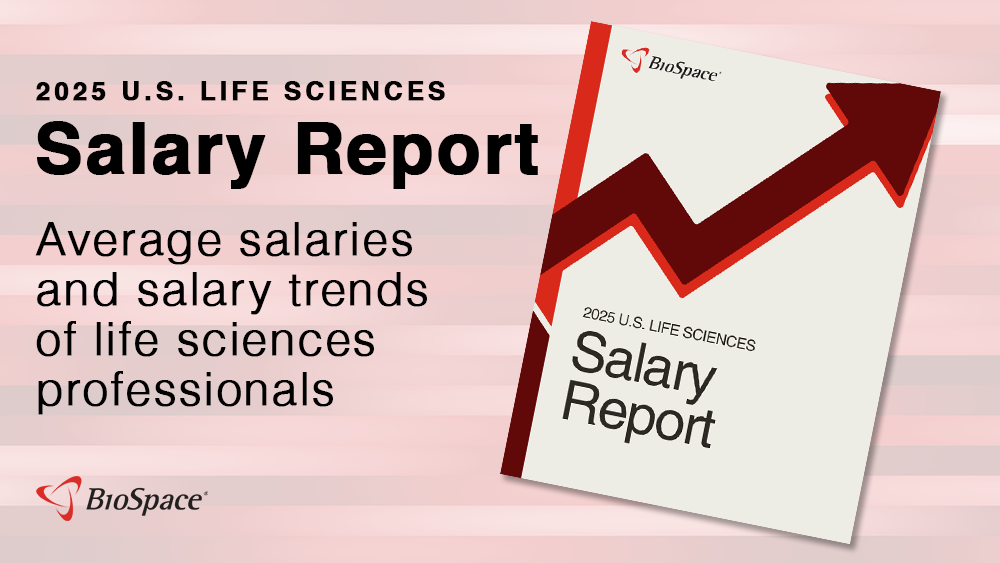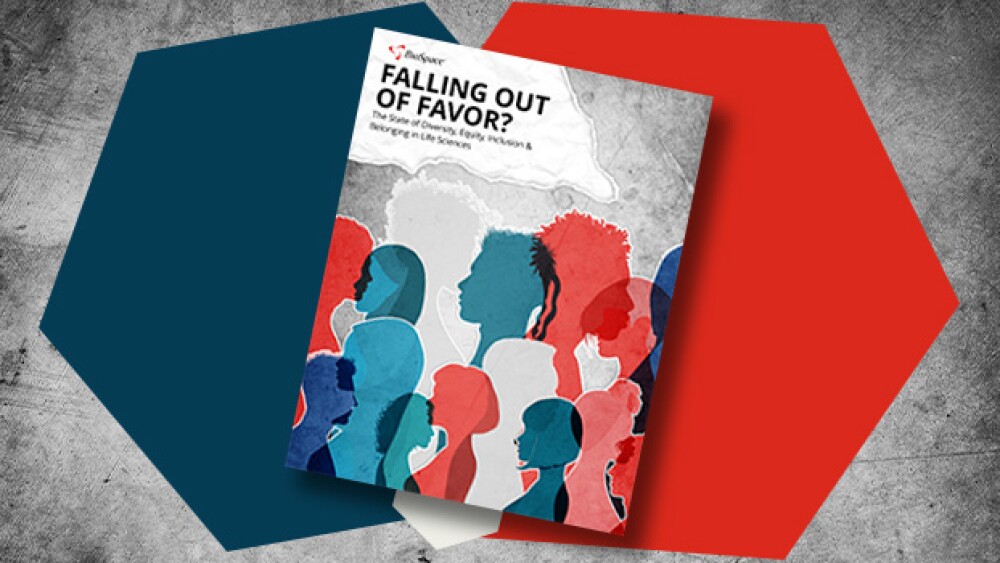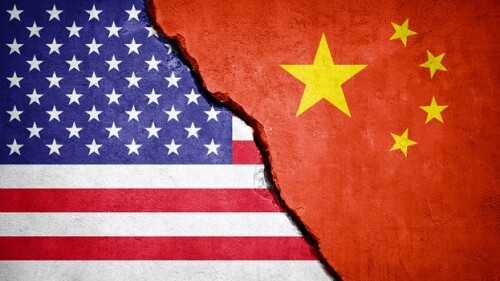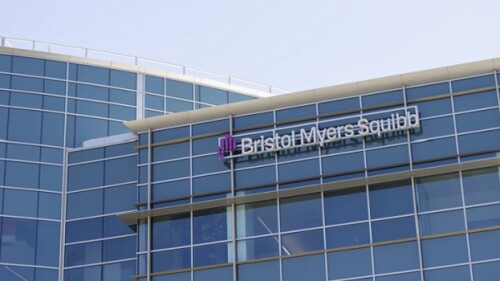The women’s health focused company acquired the drug for up to $954 million in 2021 through the acquisition of Forendo Pharma.
As an office of the executive branch, the Department of Health and Human Services “does not have the authority” to implement sweeping changes to the structure of the agency as created by Congress, a judge wrote.
Kennedy wants to expand the injury compensation program to include COVID-19 vaccines, while also stretching the “statute of limitations” to more than three years.
The safety update for Vyvgart rattled argenx’s shares on Monday, a reaction that analysts at William Blair said was “overdone.”
California’s life sciences manufacturing jobs dipped 3.7% in 2024, according to a new Biocom California report. Still, several companies made—and continuing making—significant manufacturing investments in the state as key trends shape the discipline.
The high court sides with HHS on HIV PrEP drugs; Health Secretary RFK Jr.’s newly appointed CDC vaccine advisors discuss thimerosal in flu vaccines, skip vote on Moderna’s mRNA-based RSV vaccine; FDA removes CAR T guardrails; AbbVie snaps up Capstan for $1.2B to end first half; and psychedelics take off again with data from Compass and Beckley.
FEATURED STORIES
In the wake of Pfizer’s voluntary market withdrawal of the popular sickle cell disease therapy, BioSpace looks at five investigational drugs currently making their way through the pipeline.
This week marked the start of the third-quarter earnings season, with Johnson & Johnson exceeding Wall Street’s expectations. Pfizer is projected to have a strong quarter, while Eli Lilly could pull ahead of Novo Nordisk in the obesity space. Moderna, by contrast, has a decidedly negative outlook.
Artificial intelligence won’t replace people in biopharma, but it is infiltrating every step of drug development, including in some ways that aren’t so obvious.
Sanofi looks to follow a deep history of Big Pharma offloading their consumer healthcare businesses.
Analysts expect the partners’ first-mover advantage, clinical data and existing presence in lung disease to translate into significant sales, with GlobalData predicting Dupixent’s COPD revenues will top $6.5 billion within 10 years.
Since its inception in 1992, the FDA’s accelerated approval pathway has helped shepherd nearly 300 new drugs to the market. However, recent years have seen a number of high-profile market withdrawals and failed confirmatory trials.
FROM BIOSPACE INSIGHTS
Establishing trust through thought leadership is no longer optional in today’s cautious biopharma market. This webinar will show leaders how strategic insights and targeted outreach can turn awareness into high-converting leads. Watch now.
LATEST PODCASTS
CRISPR gene-editing has had its first ever approval in the UK. Will the FDA follow suit? What can patients expect the price tag to be?
This is part one of a discussion focused upon data bias, accuracy, access and the future of AI in drug development. Topics explored are ROI, human bias, data challenges, data management plans, and human expertise.
In this episode BioSpace’s Greg Slabodkin, Tyler Patchen and Lori Ellis discuss Zepbound, Wegovy, the weight loss race and the future of this drug class.
Job Trends
Thermo Fisher Scientific Inc., the world leader in serving science, has introduced the Gibco™ CTS™ OpTmizer™ One Serum-Free Medium *, a novel animal origin-free formulation designed specifically for clinical and commercial cell therapy manufacturing to deliver increased scalability and performance of T cell expansion.
Subscribe to Genepool
Subscribe to BioSpace’s flagship publication including top headlines, special editions and life sciences’ most important breaking news
SPECIAL EDITIONS
BioSpace did a deep dive into biopharma female executives who navigated difficult markets to lead their companies to high-value exits.
BioSpace data show biopharma professionals faced increased competition for fewer employment opportunities during the second quarter of 2025, with increased pressure from further layoffs.
BioSpace did a deep dive into executive pay, examining the highest compensation packages, pay ratios and golden parachutes—what a CEO would get paid to leave.
DEALS
-
While analysts are bullish on Novo Holdings’ $16.5 billion acquisition of Catalent, they say it raises questions for companies that have contracted the CDMO for manufacturing.
-
The Swiss pharma’s dealmaking momentum continues in early 2024 with the acquisition of German biotech MorphoSys in an effort to strengthen its oncology portfolio.
-
Metagenomi could potentially raise over $100 million if the underwriters exercise their option to purchase additional shares in full, assuming an initial public offering price of $16 per share.
-
The investment arm of the Novo Nordisk Foundation is acquiring contract development and manufacturing organization Catalent to help meet high demand for Ozempic and Wegovy.
-
Alto Neuroscience and Fractyl Health provided further momentum to the recent spate of biotech initial public offerings, with both companies going public on Friday morning in respective $128 million and $110 million IPOs.
WEIGHT LOSS
-
Pfizer said Thursday it is pushing ahead with a once-daily, modified-release formulation of its oral GLP-1 obesity therapy danuglipron, with dose optimization studies in the second half of 2024.
-
Eli Lilly becomes the latest to make a major investment in immunology and inflammation, while antibody-drug conjugate biopharma Myricx Bio nets a large Series A round and new research highlights the potential and possible risks of GLP-1s.
-
As Novo Nordisk’s weight loss drug enters the Chinese market, its patent is expiring in two years and biosimilar competition is rising.
-
Eli Lilly’s Mounjaro outperformed Novo Nordisk’s Ozempic at inducing weight loss in obese or overweight adults, according to an observational study published Monday in JAMA Internal Medicine.
-
GLP-1 receptor agonists could reduce the risk of 10 obesity-associated cancers, such as meningioma, multiple myeloma and colorectal cancer, according to an analysis of electronic health records.
POLICY
-
Novartis is seeking to prevent the entry of generics for its blockbuster heart failure drug Entresto, its top-selling asset that brought in more than $6 billion in net global sales last year.
-
The payment scheme will tie gene therapy payments to improvements in health outcomes—and could potentially boost the uptake of these sickle cell disease treatments.
-
Based on how President-elect Donald Trump’s first administration handled immigration, experts are concerned about how his second term will impact foreign-born biopharma professionals. Two immigration attorneys discuss what may be ahead, including increased difficulty getting work visas.
-
President-elect Donald Trump and his incoming administration are unlikely to attempt a wholesale restructuring of U.S. healthcare and could promote M&A activity, but controversial picks like Robert F. Kennedy could impact vaccine sales, experts say.
-
Trump is rounding out his health cabinet with another controversial figure: one of the authors of the Great Barrington Declaration, which advocated for herd immunity through infection during the COVID-19 pandemic.
BioSpace interviewed Marianne Stanford, Ph.D., who shared her thoughts on the immunology field and the career path of an immunologist.
While it’s only a few hundred words, writing a good follow-up email accomplishes a few important things. Here’s how you can write an impressive interview follow up email.
Often times, you can fall into a trap of seeing a particular title, skimming a listing, and firing off an application.
Are you interested in the practical application of life sciences research? If so, an understanding of translational research is useful to see the vast opportunities to help patients and cure diseases.
The life science industry produces a complex, high-stress and intricate work environment, so it’s no surprise that workaholics pop up in this industry all the time.
Whether your controlling coworker wants to hold onto the data for their own use or refuses to compromise with you. Whatever, it is, it can lead to various problems.
HOTBEDS
IN CASE YOU MISSED IT
The move comes after Robert F. Kennedy Jr. received pressure from the Children’s Health Defense, an anti-vaccine non-profit that he co-founded, which last month sued him over his failure to run the “statutorily required Task Force on childhood vaccine,” according to the lawsuit.
REPORTS
In this Employment Outlook report, BioSpace explores current workforce sentiment, job activity trends and the prospective job and hiring outlook for 2025, particularly as it compares to the previous year.
BioSpace’s third report on diversity, equity, inclusion and belonging in life sciences examines dramatic shifts in attitude around diversity initiatives.
CANCER
-
Six months after treatment with the radiopharmaceutical therapy, 77.8% of patients with meningioma were alive and had not experienced further disease progression, beating the 26% benchmark established in earlier studies.
-
Johnson & Johnson linked Carvykti to a 45% reduction in risk of death and Darzalex to a 61% improvement in minimal residual disease-negativity, boosting the prospects of two key growth drivers for the company.
-
One upcoming decision—on a perioperative PD-1 regimen for lung cancer—comes as the FDA considers an overhaul of trial designs in this treatment setting.
-
The FDA’s Oncology Drugs Advisory Committee voted near-unanimously that the benefits of PD-1 inhibitors like Keytruda and Opdivo in PD-L1 low patients do not outweigh the risks.
-
Merck follows in the footsteps of Bristol Myers Squibb, which in December 2023 also failed to secure a late-stage victory for its combo regimen of a PD-1 blocker and an anti-LAG-3 antibody.
NEUROSCIENCE
-
Halia Therapeutics, NodThera and Gain Therapeutics target neuroinflammatory processes in hopes of modifying the course of Parkinson’s progression.
-
Following a disappointing readout last year, uniQure on Tuesday posted promising Phase I/II data for its investigational gene therapy AMT-130 and nabbed the first-ever Regenerative Medicine Advanced Therapy designation from the FDA in Huntington’s disease.
-
Patient assistance programs may actually be a two-way street, providing patients with drugs and companies with data.
-
Two CRLs from the FDA last week cited concerns with third-party manufacturers, while Indian CDMOs may make a bid for U.S. business if there is a decoupling from Chinese companies under the BIOSECURE Act.
-
Donanemab, which will be marketed as Kisunla, will compete with Biogen and Eisai’s Leqembi.
CELL AND GENE THERAPY
-
While Sanofi restructures and parts with employees from U.S. and Belgian sites, a new company in the GLP-1 space emerges from stealth.
-
While Bristol Myers Squibb did not explicitly mention China as the company expands and diversifies its manufacturing capacity, Cellares said the BIOSECURE Act would be a boon to its own growth.
-
The regulator on Monday slapped Abeona Therapeutics with a Complete Response Letter for its investigational cell therapy pz-cel due to chemistry, manufacturing and controls issues.
-
Bristol Myers Squibb will be using Cellares’ Cell Shuttles, an automated production system capable of producing multiple cell therapies simultaneously, to potentially improve turnaround time to support the pharma’s CAR T cell therapies.
-
Following a months-long safety review, the regulator on Thursday said it is now requiring updated black box warnings for all commercially available CAR-T therapies to reflect the risk of secondary malignancies.























